The other day, the Museum of Fine Arts-Boston, announced the winner of its 2011 Maud Morgan Prize: the winner is Cambridge artist Wendy Jacob.
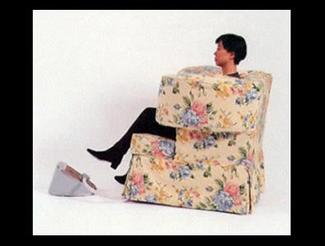 This shows that a little nagging can be a good thing. Last year, I recounted here that Greg Cook, in the Boston Phoenix, “ranted about the MFA’s failure to award the Maud Morgan Prize, intended to shine a light on Massachusetts women artists. It was last given in 2006.” Later the Boston Globe agreed, as did I. And the MFA promised to make an award this year — it has now kept that promise.
This shows that a little nagging can be a good thing. Last year, I recounted here that Greg Cook, in the Boston Phoenix, “ranted about the MFA’s failure to award the Maud Morgan Prize, intended to shine a light on Massachusetts women artists. It was last given in 2006.” Later the Boston Globe agreed, as did I. And the MFA promised to make an award this year — it has now kept that promise.
So it’s only fair to publicize the prize, even though it’s small — $5,000 in the past is now $10,000 — in the scheme of things. The winner also has her work shown at the MFA, and this year, Jacob’s work will be shown at the MFA’s new Linde Family Wing for Contemporary Art, which will open on September 18.
I don’t know Jacob’s work, but here’s what the MFA says in a press release:
Jacob’s works explore human impulse, intimacy, and interaction through interventions with furniture, architecture, and open spaces. Over the course of her career, she has collaborated with engineers, circus performers, and people with disabilities to create breathing walls and ceilings, tightropes that cross through rooms, and chairs that embrace their sitters.
Part of her bio reads:
Jacob’s work has been exhibited in museums and galleries in the United States and Europe, including the Centre Pompidou in Paris, Kunsthaus Graz in Austria, the Whitney Museum of American Art in New York City, and the Museum of Contemporary Art, San Diego. She is the recipient of numerous awards and grants including a Louis Comfort Tiffany Foundation Artist Fellowship, Creative Capital Artist Fellowship, Illinois Arts Council Artist’s Fellowship Award, and a fellowship at the Radcliffe Institute for Advanced Study. Born in 1958, Jacob grew up in Brookline and Quincy, taking art classes as a child at the MFA.
That aforementioned “squeeze chair” is pictured here, and here’s a link to her website, where more of her works are on view.
Greg Cook now has a bigger question for the MFA. “Does reinstated Maud Morgan Prize mean more local art at th MFA?” he asks in the New England Journal of Aesthetic Research.
Oh dear.

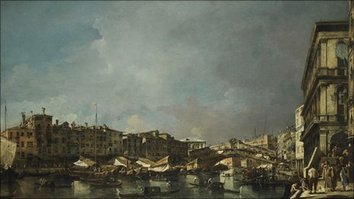

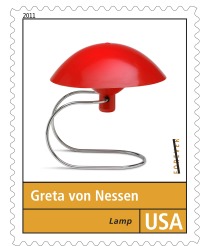 Depression. Faced with decreasing sales, manufacturers turned to industrial designers to give their products a modern look that would appeal to consumers. Characterized by horizontal lines and rounded shapes, the new, streamlined looks differed completely from the decorative extravagance of the 1920s. The designs evoked a sense of speed and efficiency and projected the image of progress and affluence the public desired.
Depression. Faced with decreasing sales, manufacturers turned to industrial designers to give their products a modern look that would appeal to consumers. Characterized by horizontal lines and rounded shapes, the new, streamlined looks differed completely from the decorative extravagance of the 1920s. The designs evoked a sense of speed and efficiency and projected the image of progress and affluence the public desired.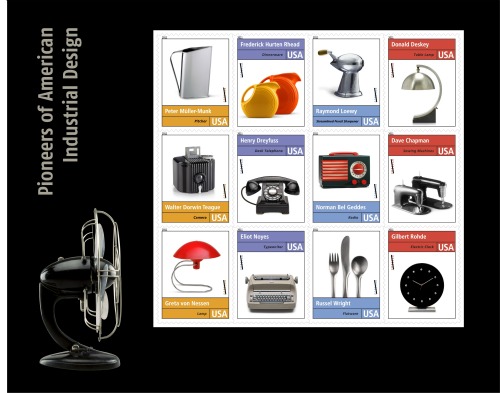
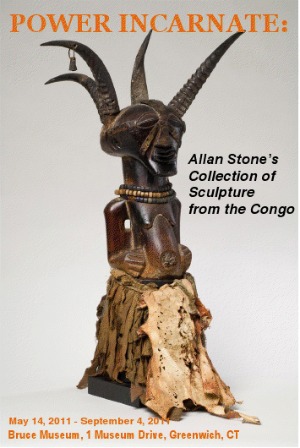 With the recent announcement that the
With the recent announcement that the 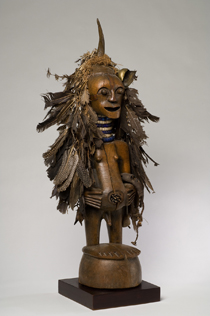 Well, the man had an eye, as the saying goes, and it extended way beyond contemporary art, as the Bruce show demonstrates.
Well, the man had an eye, as the saying goes, and it extended way beyond contemporary art, as the Bruce show demonstrates.  The four-foot high vases, which date to the Jiaqing period (1796-1821), with mounts circa 1815, once belonged to the Dukes of Buccleuch. The family sold them at Christie’s in 1973, and they were resold at Bonhams in 1980.
The four-foot high vases, which date to the Jiaqing period (1796-1821), with mounts circa 1815, once belonged to the Dukes of Buccleuch. The family sold them at Christie’s in 1973, and they were resold at Bonhams in 1980.